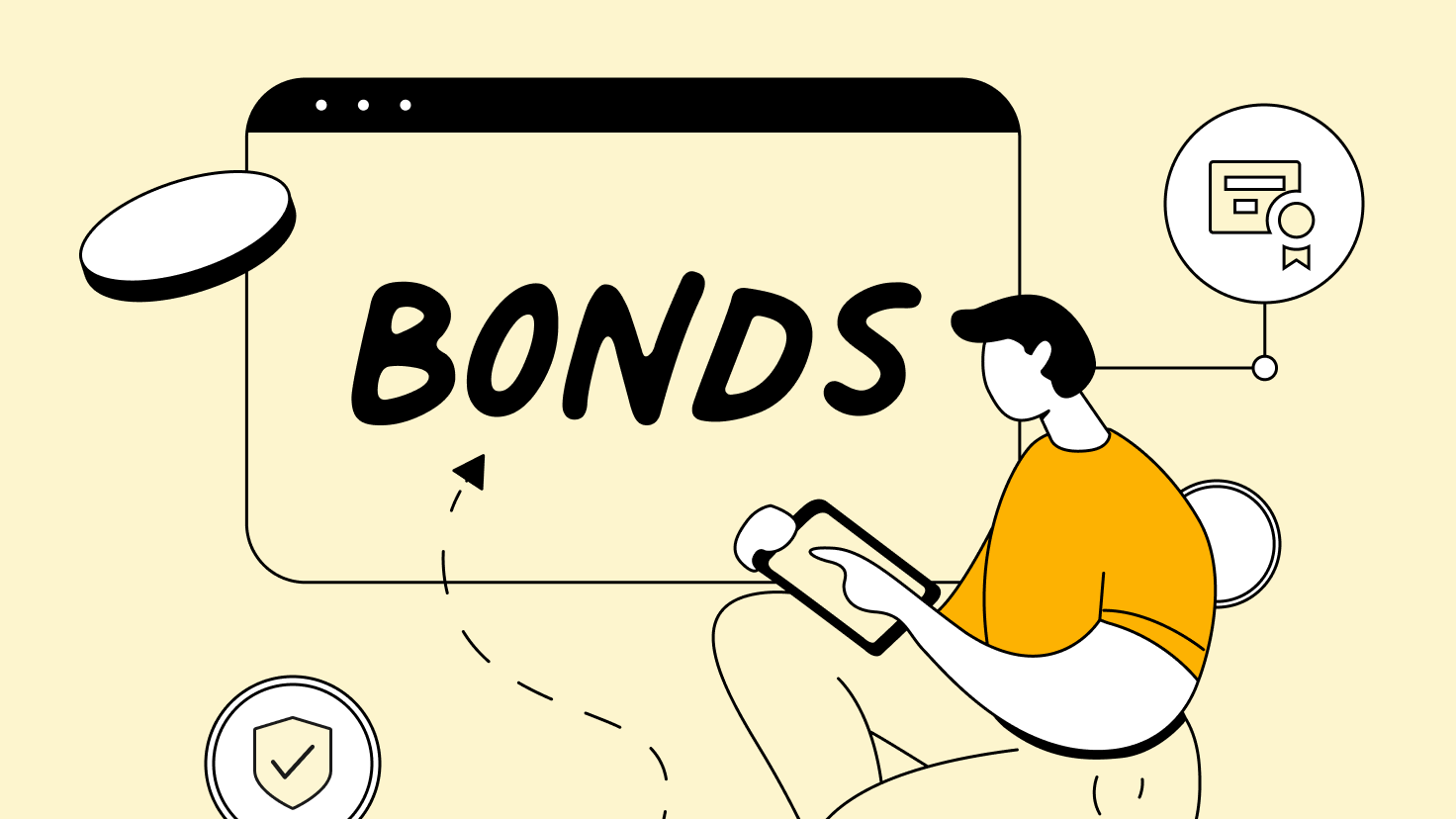When you invest in a bond, you’re lending money to the issuer in exchange for periodic interest payments (known as coupon payments) and the return of the principal amount, also called the face value or par value, when the bond matures. To understand this whole process, let’s walk through how bonds work.
First, the issuer decides to raise funds by issuing bonds. The issuer determines the face value, coupon rate, maturity date, and other terms of the bond.
After issuance, bonds can be bought and sold on the secondary market. The market price of a bond may fluctuate based on a few factors including changes in interest rates, credit risk, and overall market conditions.
Lastly, each bond has a maturity date, which is the date on which the issuer agrees to repay the bond’s face value to the bondholder. At maturity, the issuer “redeems” the bond by paying back the principal amount to the bondholder. This completes the bond’s life cycle.
When you buy a bond, you can hold it and collect the interest payments until it reaches maturity. In this case, you won’t be affected by fluctuations in the bond’s value – your interest payments and face value will stay the same.

